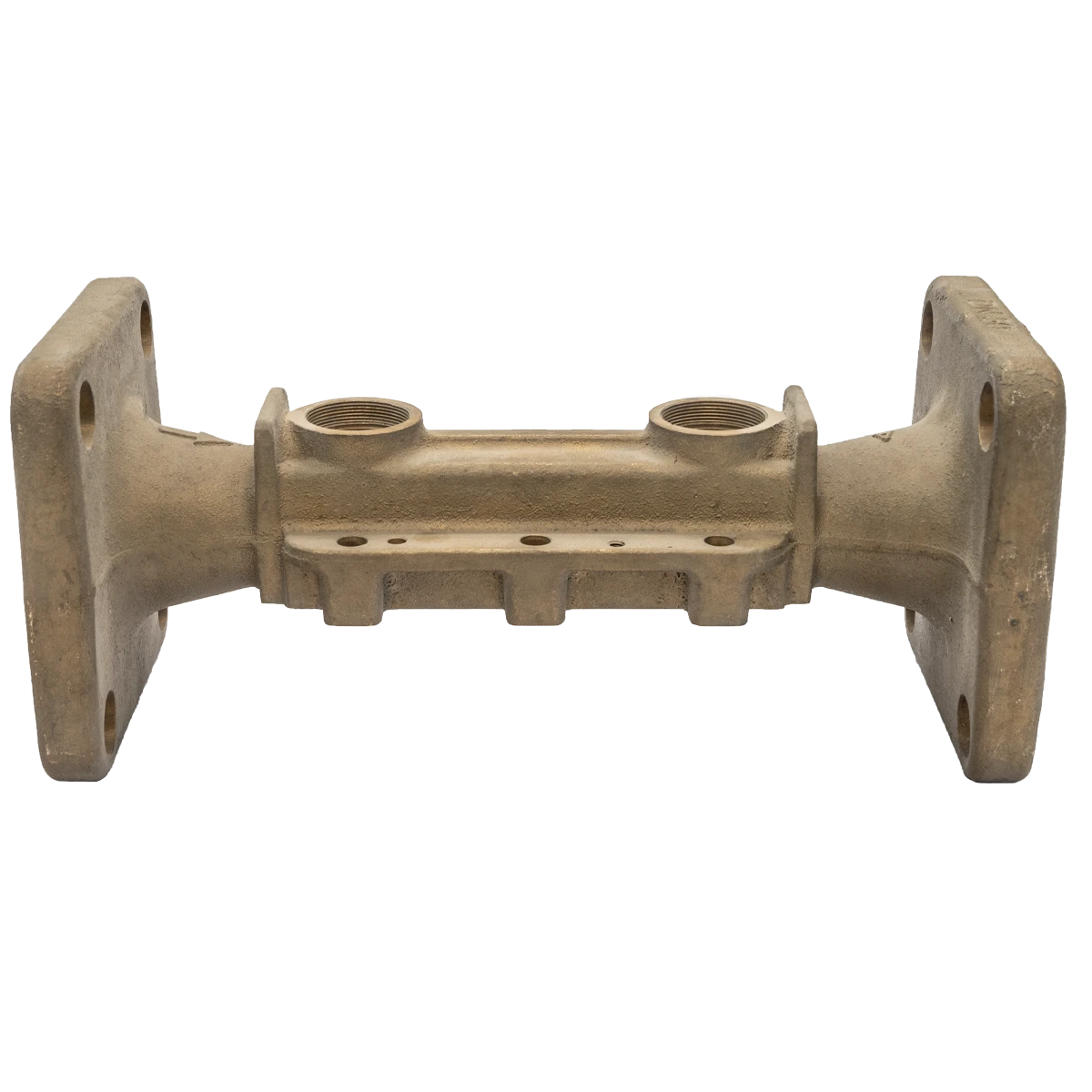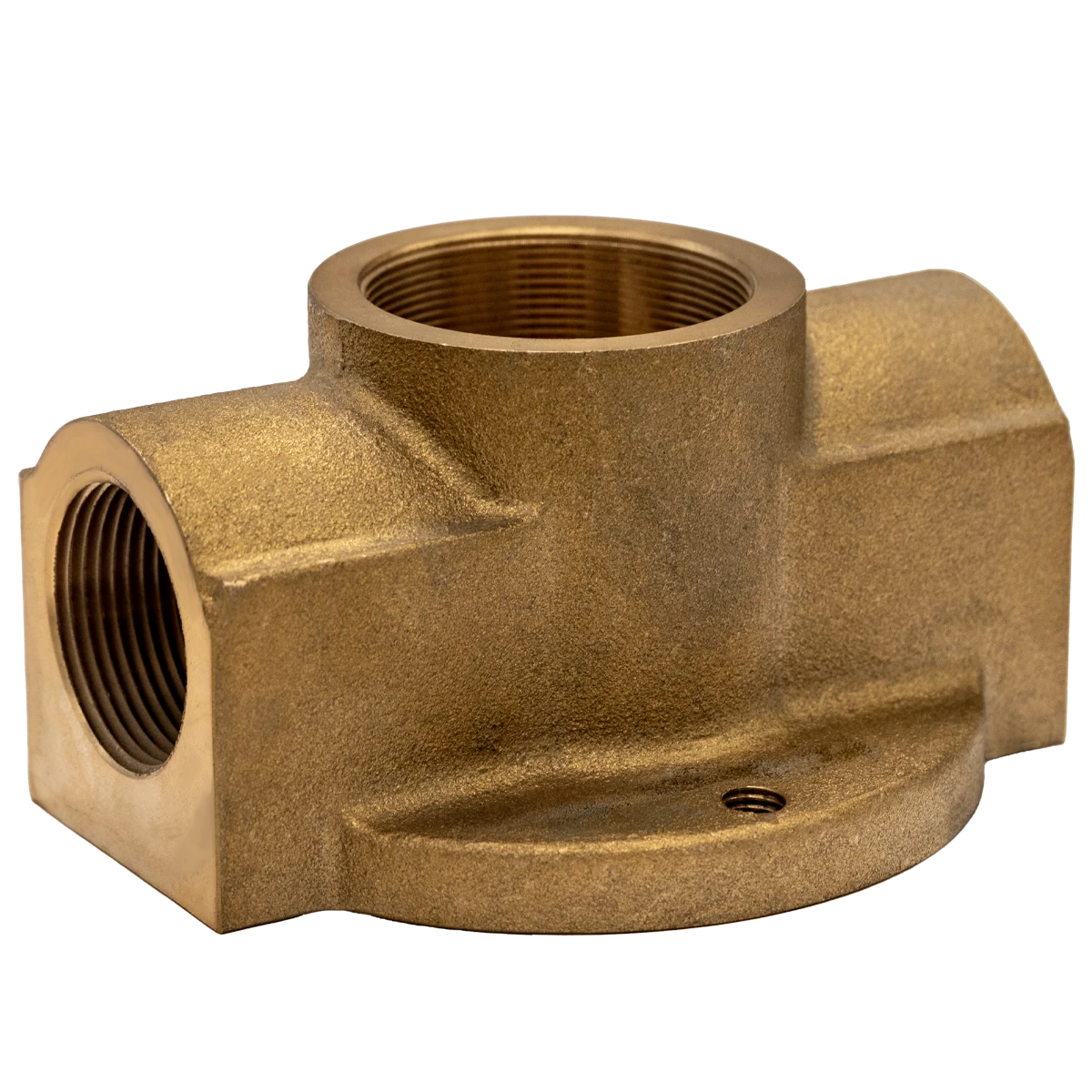Mobile:+86-311-808-126-83
Email:info@ydcastings.com
English
Essential Guide to Engine Oil Catch Pans for Effective Maintenance and Performance Improvement
Understanding Engine Oil Catch Pans An Essential Tool for Car Maintenance
Maintaining a vehicle is no small task, and one of the more tedious aspects of car care involves managing engine oil. Regular oil changes are crucial to ensure the engine runs smoothly and efficiently, but this process can sometimes get messy. This is where an engine oil catch pan comes into play. A catch pan is not just a tool; it's an essential investment for any car enthusiast or owner who wishes to maintain their vehicle in the best possible condition.
An engine oil catch pan is a container designed to catch and hold oil that drips out during an oil change or any engine repair task where oil might leak. Typically made from durable materials like plastic or metal, these pans come in various sizes and designs to accommodate different types of vehicles and engines. The primary purpose of the catch pan is straightforward to collect waste oil, thereby preventing spills on the garage floor or driveway, which can be harmful to the environment and difficult to clean.
One of the major advantages of using an oil catch pan is that it prevents harmful substances from entering the soil and water supply. Used motor oil contains heavy metals and other contaminants that can be detrimental to both plant and animal life. By collecting the oil in a designated pan, it can later be disposed of properly at recycling centers or during designated hazardous waste disposal events. This eco-friendly aspect of using a catch pan cannot be overstated, especially as environmental awareness continues to grow.
engine oil catch pan

Moreover, using an oil catch pan helps save time and money. By catching all the drained oil, you can more accurately measure how much oil your engine requires. This precision ensures you don't overfill or underfill your engine with oil, both of which can lead to serious engine issues. Overfilling can cause foam formation, which compromises lubrication, while underfilling can lead to engine wear and potentially catastrophic failures.
When selecting an oil catch pan, consider several factors. The size of the pan should match the capacity of the engine oil reservoir in your vehicle. For instance, a standard car typically requires about 5 quarts of oil, so a pan that can hold at least that much, with some extra space for splashes, is ideal. Additionally, a pan with a spout can make it easier to pour the used oil into an appropriate container for recycling. Some pans even come with a filter or strainer to catch any debris that may have been in the oil, ensuring cleaner disposal.
Another feature to consider is the design of the oil catch pan. Some models feature a low profile, making it easier to slide under vehicles, while others may have handling features such as sturdy handles for transport or a lid to minimize spills. The choice largely depends on personal preference and how frequently you intend to perform oil changes or engine work.
In conclusion, an engine oil catch pan is an indispensable tool for any vehicle owner. Not only does it simplify the oil change process by efficiently collecting used oil, but it also promotes better maintenance practices and environmental responsibility. Investing in a high-quality catch pan is a small price to pay for the benefits it provides, from preserving your garage floor from staining and mess to ensuring you're doing your part for the environment by disposing of motor oil properly. Whether you're a seasoned mechanic or a first-time car owner, having an oil catch pan on hand is a smart and responsible choice for maintaining your vehicle.
-
Materials Used in Manufacturing Cap End Pipe FittingsNewsNov.24,2025
-
Material Properties of CF8M CastingNewsNov.24,2025
-
How to Inspect Pump Cap Ends for DamageNewsNov.21,2025
-
Backward Curved Impeller – Efficient Airflow Solutions for Industry | YD CastingsNewsNov.21,2025
-
Automobile Water Pump - Efficient, Quiet, Durable & ElectricNewsNov.21,2025
-
Impeller for Pumps – High-Efficiency, Durable, OEM-ReadyNewsNov.21,2025











